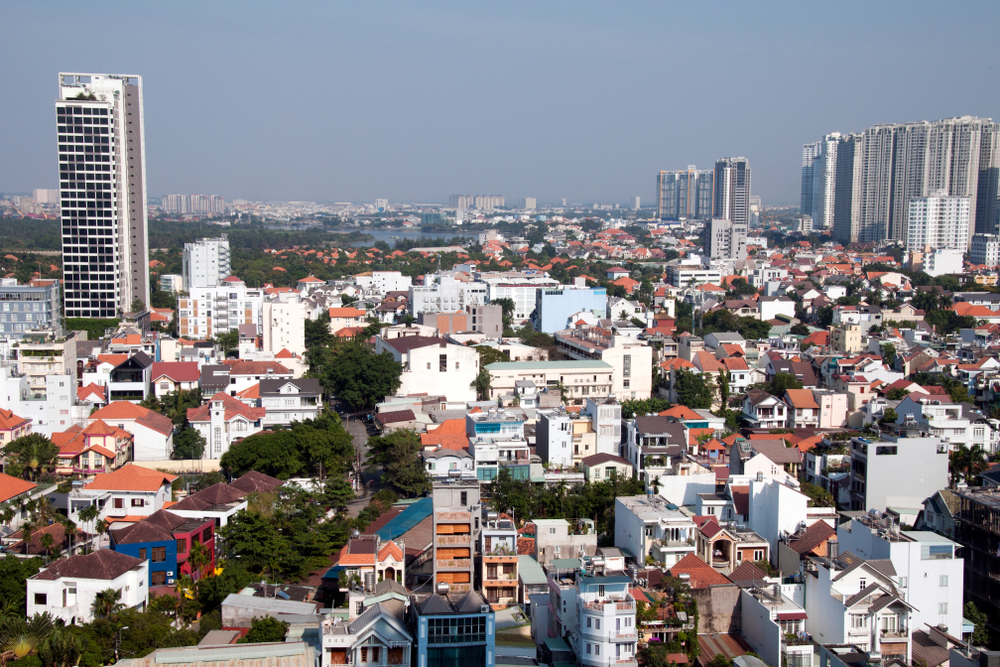Vietnam lenders still ready for housing risk despite central bank tightening
Recent draft circular proposes to make adjustments to Circular 36/2014/TT-NHNN

Vietnamese banks still have abundant liquidity and are equipped to lend to risky sectors such as property, Viet Nam News reported, citing central bank officials.
Nguyen Quoc Hung, director of the State Bank of Vietnam’s credit department, reassured media that the recent draft circular would help the central bank manage liquidity risks. However, “though we all know real estate is a business with high risks, it does not mean the banks restrict lending to the sector,” he said.
The draft circular sets the risk weight asset ratio to 150 percent for mortgages worth VND3 billion (USD126,000) and 100 percent for loans worth VND1.5-3 billion. The current ratio for both loan types is 50 percent.
More: Vietnam’s most vibrant architecture practices
It also aims to gradually reduce the ratio of short-term deposits used for medium- and long-term loans until 2022. It will be reduced from 40 percent to 30 percent by July 2020.
Tightening access to credit for home purchases is unnecessary since the residential sector drives other sectors such as construction as well as cement and steel production, according to a spokesman for the Vietnam Real Estate Association.
Hung countered that credit tightening will be enforced equitably on all sectors. “Banks do not lack capital but need to limit risks. So they will only lend to effective projects that meet legal requirements and prove to be profitable.”
Outstanding loans to the real estate sector rose 3.29 percent in the first quarter of 2019.
Recommended
Meet the vagabond architect behind India’s housing scene
Vinu Daniel is helping to shake up India’s home building setting
Where Asian real estate stands in a fragmented, warmer world
Asia’s real estate industry faces many and varied challenges as external factors continue to bite
6 sights to see in Singapore’s Marine Parade
Handily located Marine Parade has emerged as a vibrant investment choice in the Lion City
There’s a township dedicated to health and wellness in Malaysia
Property seekers have their health needs catered for at KL Wellness City








